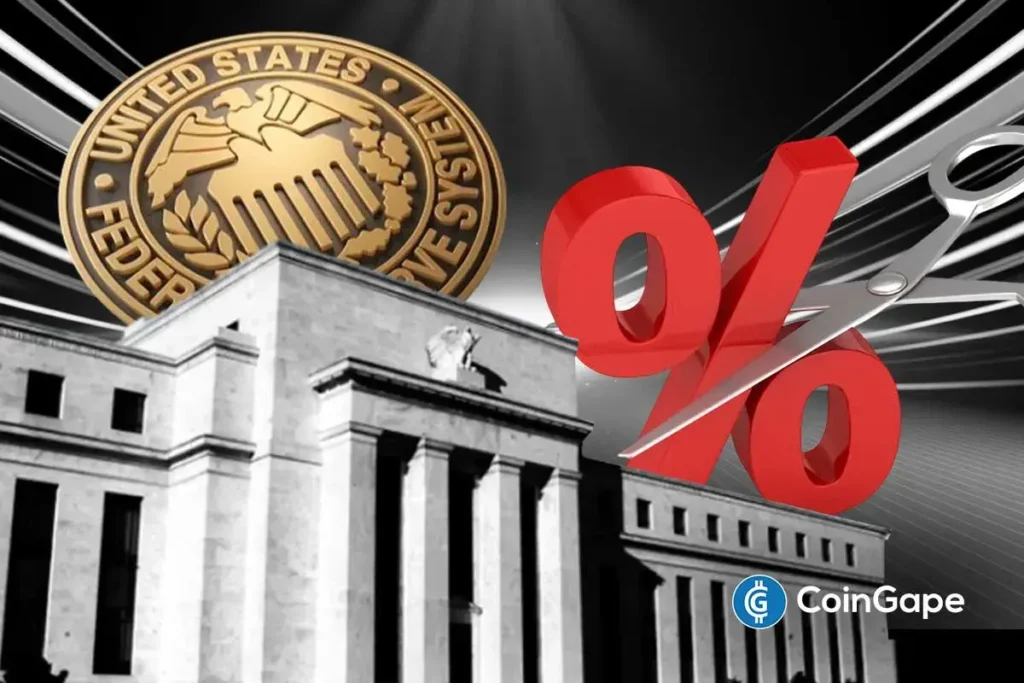December Federal Reserve Meeting: Rate Cut Uncertainty Looms
As we approach the December Federal Reserve meeting, the atmosphere is charged with speculation about potential interest rate changes. After two rate cuts earlier this year, concerns about inflation and signs of labor market stability have led Fed policymakers to reconsider further easing measures. The pivotal question remains: Will the Fed opt for another rate cut, or will it maintain its current stance?
Financial Markets Adjust Expectations
Financial markets had once anticipated a 25 basis point (bps) cut in December, but now that consensus is shifting. The likelihood of a rate reduction has dipped to below 50%, indicating heightened uncertainty regarding the Fed’s next steps. According to data from CME FedWatch, the chances of a rate cut are now at 43%, a significant decline from 70% just prior to the last policy meeting. This downward shift reflects a growing skepticism among traders and analysts regarding the Fed’s willingness to ease policy further in a time of robust economic indicators.
Fed Chair Powell’s Cautious Approach
Federal Reserve Chair Jerome Powell, alongside other policymakers, is treading carefully as they evaluate the broader economic landscape. There is a palpable concern about enduring inflationary pressures and the incompleteness of the economic picture, particularly due to variances in key economic indicators. This cautious stance has led to discussions around the necessity of further rate cuts, with some Fed officials signaling a preference for a more measured approach.
Insights from Fed Officials
Further fueling the ongoing debate is the commentary from influential Fed officials. Boston Fed President Susan Collins, who previously supported earlier rate cuts, has recently expressed uncertainty about the need for additional cuts. She emphasizes the potential dangers of inflation while acknowledging signs of stabilization in the labor market. Uncertainty around economic data, particularly due to previous government shutdowns, has led to a reassessment of rate cut probabilities among financial market players.
Inflation and Economic Data Delays
In the wake of the government shutdown, expectations for delayed economic data releases are increasing, adding another layer of complexity to the Fed’s decision-making process. Although key statistics such as the September jobs report are anticipated, the timeline for their release remains murky. This ambiguity, coupled with rising inflation concerns articulated by Kansas City Fed President Jeff Schmid, puts the Fed in a challenging position. Schmid has indicated that further rate reductions might not adequately address inflation pressures and could even exacerbate the existing economic challenges.
Impact on the Cryptocurrency Market
The Fed’s mixed signals have also impacted the cryptocurrency market. As confidence in a December rate cut dwindles, cryptocurrencies such as Bitcoin have experienced notable declines. The price of Bitcoin fell below $100,000 after an impressive surge earlier in the year, showcasing the market’s sensitivity to the Fed’s interest rate policy. As market participants reevaluate their expectations, we see increased volatility, which could have far-reaching implications for both traditional financial markets and the ever-evolving cryptocurrency landscape.
Conclusion: All Eyes on December
With the December Federal Reserve meeting on the horizon, anticipation is building regarding the central bank’s next move. The decision made will undoubtedly resonate beyond just the interest rates; it will influence conventional markets, impact inflation trends, and shape the future of the cryptocurrency sector. As uncertainty looms, investors and analysts alike are closely monitoring the developments, bracing themselves for what could be a decisive moment in the economic landscape.


